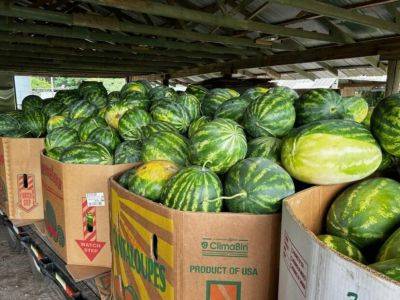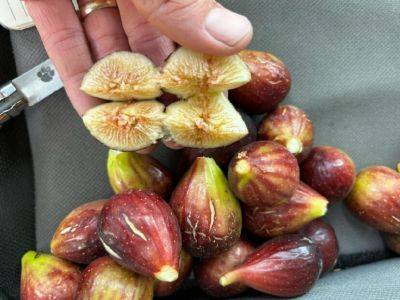Zack Snipes
SC Fruit and Vegetable Field Report – April 18, 2022
24.07.2023 - 12:03 / hgic.clemson.edu
Zack Snipes reports, “It has been a very windy spring. The winds are drying out our soils and beating up plants. I have looked at some tomatoes, and the ones that aren’t tied are wind-whipped, and the ones that are tied have callus tissue forming where the string is touching them. We have some beautiful lettuce and greens coming in right now, along with spring onions. I have also seen some squash coming in on farms that grew squash in high tunnels. Strawberry plants are still small and have very few blooms for this time of year. We are harvesting highbush blueberries in high volumes right now. I think we escaped more cold damage than previously expected.”
Justin Ballew reports, “The weather last week was beautiful. The moisture we got the previous week has some disease showing up, including grey mold and anthracnose in strawberries and Sclerotinia stem rot in lettuce and brassicas. Strawberry harvest is going well. Last week was spring break here in the Midlands, so strawberry growers had a good week of sales. Some growers have reported seeing a slight slump in harvest due to the cold snap that occurred about a month ago. We’re seeing more spider mites, but this rain we’re getting this morning may help. We’re also going to see more water-damaged berries because of all this rain. Some squash and tomatoes have been planted and are growing well.”
Sarah Scott reports, “Still trying to dry out in some areas this week. We’ve had an additional inch or so, which has led to some botrytis popping up in strawberry fields along with leather rot. Keeping those fields clean of diseased fruit as well as staying on top of your fungicide programs will help with both issues. Fruits on peach trees continue to develop in most varieties.
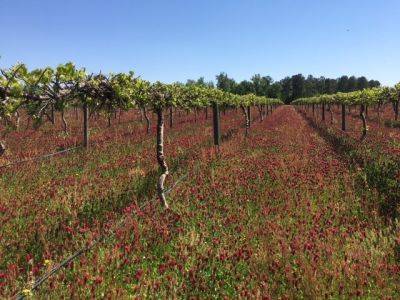
SC Fruit and Vegetable Field Report – April 26, 2021
Rob Last reports, “Crops in the area continue to develop well, and I expect this to continue after some welcome rainfall over the weekend. Following the rain over the weekend and returning to warm temperatures, keep scouting for diseases in crops and ensure fungicide applications are made promptly. Spider mites show activity in a range of crops from strawberries to peppers, tomatoes, and blackberries. Cucumber beetles are beginning to be found in sticky traps. Currently, no damage is being seen to crops.”

SC Fruit and Vegetable Field Report. – April 19, 2021
Zack Snipes reports, “We had some nice weather last week. The tomato crop is looking great, as are most of our cucurbits and greens. I am seeing increased caterpillar pressure across the area. We had several calls from across the state early last week about sunburned strawberries. We went and visited the farms and tried to rule out disease, frost damage, etc. The only thing we came up with is some sort of sunburn damage. The damage was most prevalent on the southern facing sides of beds where there was poor canopy coverage. I also saw damaged tissue on tender lettuce, in my citrus plots at the CREC and on some new shoots of ornamentals at my house. I checked the solar radiation at the weather station at the CREC, and the units (W/m2) were 300-500 units higher on Monday compared to the prior 4 days. Perhaps we had intense UV levels and higher temperatures that led to this damage? Here is a really great article on the types of sunburn on plants and fruit.”
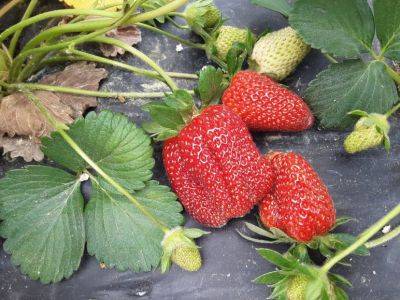
SC Fruit and Vegetable Field Report. – April 12, 2021
Rob Last reports, “Crops are generally doing well in the area, with strawberries coming off with good volumes. On the whole, row covers, or icing protected 97% of the susceptible flowers leading to 1-2% losses of flowers. The damaged flowers can increase grey mold pressure in the crops so, maintaining both sanitation and fungicide applications to strawberries will be crucial. As berries ripen, sanitation also becomes essential for reducing pest pressure from sap beetles. In some crops, where row covers were utilized, we see spider mite populations increasing and a few active thrips feeding on both flowers and berries. Other fruit crops in the area, such as blackberries and blueberries, look very good with low levels of damage from the freeze event last weekend. Peaches in the area are being thinned, with scouting being maintained for scale and plum curculio. Early planted watermelons did suffer from the frost in places, leading to 10-15% plant loss and hence the need to replant in a few areas. Other crops are moving slowly away from the injuries. Luckily a lot of crops were not beginning to vine and survived the worst of the damage. These plants are stressed, so care will be needed with any applications as well as scouting for pest and disease issues. Conversely, Cantaloupes in the area were direct seeded and have survived unscathed.”

SC Fruit and Vegetable Field Report January 18, 2022
Rob Last reports, “In our area, crops are developing well with few pest or disease issues currently. Some brassicas are displaying a reddening to the older leaves associated with reduced phosphorous uptake. Phosphorous uptake can be reduced in cold temperatures but will recover when we see some warmer temperatures. There is no response to an additional application. Where strawberries are flowering or have fruit, it is advisable to remove those to minimize sources of Botrytis gray mold for later in the year.”
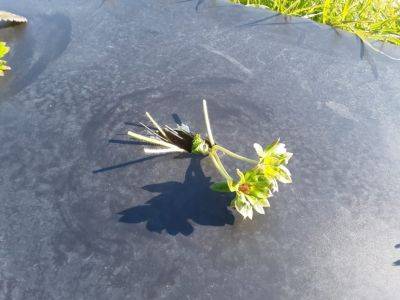
SC Fruit and Vegetable Field Report – January 31, 2022
Rob Last reports, “Pest and disease issues in the area remain very low; however, as temperatures rise, we expect activity to increase. Although it is quiet, it is still essential to continue to scout. Assessment of crops indicates that we have escaped the worst of any chill injury or loss of plants. Pruning of fruit crops continues while dormancy holds and labor begins to return to the area.”
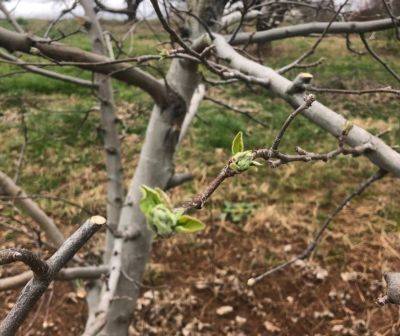
SC Fruit and Vegetable Field Report- March 14, 2022
Dr. Matt Cutulle reports, “I saw my first nutsedge plants this year pop up in the plastic mulch of a fellow researcher’s trial last week in Charleston. Soil temperatures in plastic mulch systems are going to be higher, which may lead to earlier sprouting of yellow nutsedge tubers. New tubers begin forming four to six weeks after a new shoot emerges. Individual nutsedge plants may eventually form patches 10 feet or more in diameter, thus it is important to practice field sanitation once an infestation is recognized.”
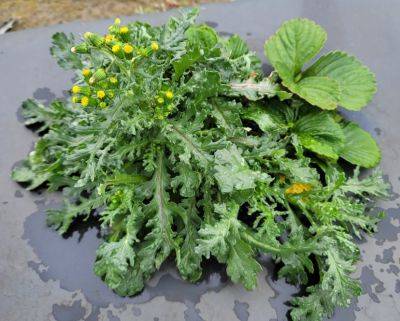
SC Fruit and Vegetable Field Report – February 7, 2022
Zack Snipes reports, “Now is the time for Lowcountry strawberry growers to give their plants the first shot of boron. Boron helps with both flower and fruit development. Growers can spray boron or inject it via the drip system. Boron deficiency will show up in your fruit if you skip out on the application. Now is the time to get it out because plants will be pushing blooms soon, and they need the boron available to make nice, pretty flowers and fruit. A boron application takes only a few minutes and literally a few dollars but can keep you from throwing away thousands of misshapen or “bullnose” berries. NOTE: Boron is a great herbicide if overapplied, so make sure you put out the right amount by using the information from the picture below. We only need to put out a tiny amount, but that tiny amount makes a big difference.”
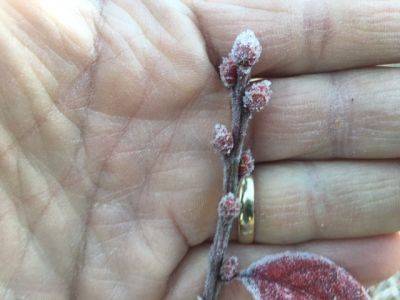
SC Fruit and Vegetable Field Report February 14, 2022
Rob Last reports, “Strawberries in the area look good, with some new leaf development emerging from the crown. Boron applications are being applied, either as a foliar application or through the drip system. Remember, we are looking to apply 1/8 lb. of boron per acre. Over application of boron can be phytotoxic and detrimental to the plants. Plans are also being made to begin fertigation applications later this month to aim for the first pick in early April. The initial target is to apply 5.25 lbs. N per acre. After the first application, a tissue test should be taken to refine fertility recommendations further. Please also remember we have the drip fertigation calculator to make the calculations more straightforward. Brassica transplants are going in the ground this week and are looking good. The pruning of peaches and perennial fruit is pretty much complete, and we await the arrival of spring.”
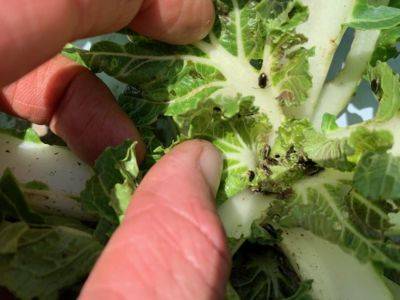
SC Fruit and Vegetable Field Report – May 31, 2022
Zack Snipes reports, “It seems like everything is coming in from the fields right now. We got some rain but could really use some more. I am seeing lots of aphids on a variety of crops (melons, cukes, eggplant). I am also seeing ladybird beetles and parasitized aphids in these fields, which means our predators are out there working for us. Bacterial wilt and Southern blight are starting to appear on tomatoes as well. Knowing the difference and preparing for next season’s crop is critical. It is getting hot and is still windy, so growers might consider adding one or more irrigation cycles to their fields. Remember that in our sandy soils, any irrigation event over an hour is just wasting water. More frequent 30-45 minute cycles are more efficient.”
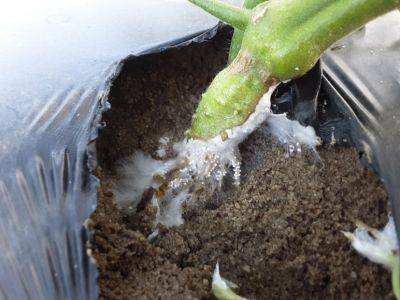
SC Fruit and Vegetable Field Report – June 6, 2022
Rob Last reports, “Insect and disease activity is increasing in the area, across a broad range of crops. In cucurbits, we are seeing powdery mildew and gummy stem blight in watermelon. Remember to keep spray intervals tight. Loopers are also being found in the area, and applications to manage rind worms will be beneficial as we rapidly approach harvest. Fusarium wilt of watermelons is showing up in many fields. At this stage, there is no effective treatment; however, soil temperatures are likely to reduce the incidence of new infections. Tomatoes and peppers are developing well with Southern blight and bacterial wilt in evidence. Spider mites are very active right now. Blackberries are just coming to harvest with good flavor and quality. Remember to scout your crops regularly to ensure timely applications can be made.”
